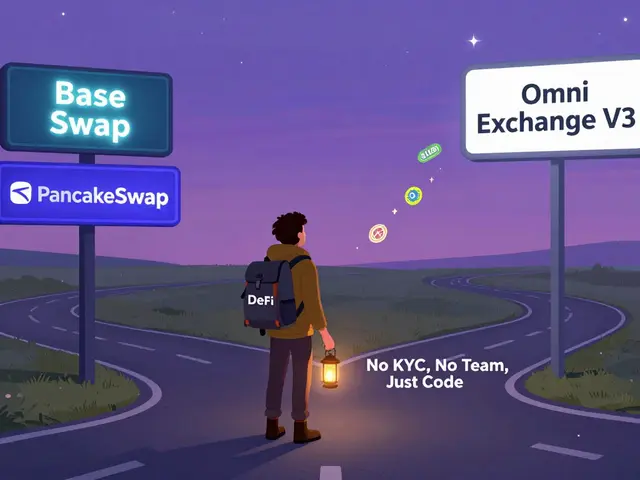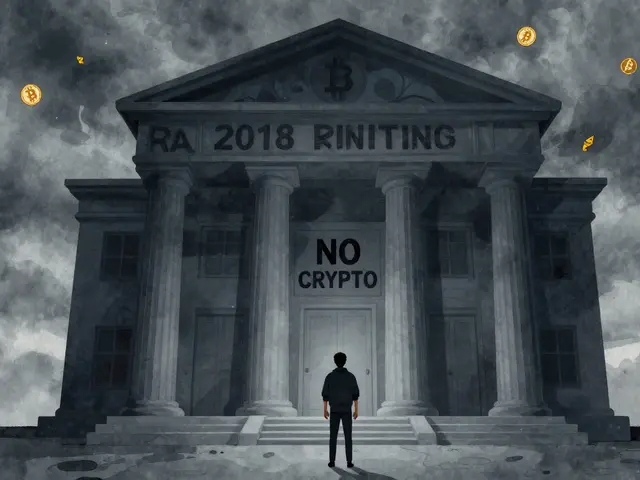Consensus Mechanisms: How Blockchains Agree on Truth
When working with Consensus Mechanisms, the rules that let a distributed network decide which block is valid without a central authority. Also known as consensus algorithms, they are the backbone of every cryptocurrency, DeFi protocol, and NFT platform you’ll read about on AI Native Finance Portal.
Consensus mechanisms encompass several families of design. The most famous is Proof of Work, a mining‑heavy approach where participants solve cryptographic puzzles to add blocks. Proof of Work requires massive electricity, which is why you’ll see posts about "Top Crypto Mining‑Friendly Countries 2025" and the energy costs that drive mining decisions. Proof of Stake, a staking‑based model where validators lock up tokens as collateral to propose and attest blocks, swaps the race for hash power for a race for capital. This shift fuels guides on staking rewards, tokenomics, and why countries with favorable tax regimes, like Singapore, attract PoS projects. Delegated Proof of Stake, a variant where token holders elect a few delegates to produce blocks on their behalf, blends community governance with efficiency, a pattern you’ll notice in articles about DAO treasury security and multisig wallets. Finally, Byzantine Fault Tolerance, a set of mathematical guarantees that let a network tolerate malicious actors up to a certain threshold, underpins many modern layer‑2 solutions and enterprise blockchains, linking directly to our coverage of decentralized identity and zero‑knowledge verification.
Understanding these mechanisms helps you answer practical questions: Why does Bitcoin still dominate mining discussions? How does staking on Solana’s Jito token generate extra yield? What security trade‑offs do DAO treasuries face when they choose a multisig over a single‑key vault? Each article in this collection scratches that surface. For example, the "VerseWar VERSE Token Airdrop" piece touches on token distribution models that rely on PoS‑like eligibility checks, while the "Ozonechain (OZONE) Crypto Coin Explained" post dives into the tech stack behind a PoW‑style chain. By mapping consensus choices to real‑world use cases—mining‑friendly jurisdictions, airdrop eligibility, DAO treasury design—you get a clearer picture of how the underlying algorithm shapes risk, reward, and regulatory exposure.
Why This Matters for Your Crypto Journey
Every decision you make—whether you pick a mining farm in Kazakhstan, stake tokens on a DeFi platform, or set up a DAO vault—starts with a consensus mechanism. It dictates the hardware you need, the legal environment you must navigate, and the security model you rely on. The articles below break down each mechanism, compare their energy footprints, discuss how they influence tokenomics, and show you concrete steps to stay safe, whether you’re chasing airdrops or building a new NFT marketplace. Dive in to see how consensus drives everything from stablecoin design (like XTUSD) to next‑gen DEX upgrades (like Uniswap V4).
Ready to explore the details? Below you’ll find in‑depth guides, rankings, and practical how‑tos that tie each consensus model to real‑world crypto projects and regulatory landscapes.
Blockchain Validator Requirements: Hardware, Staking & Profitability Guide
Explore the hardware, staking capital, and operational costs needed to run validators on Ethereum, Solana, Tron, Cosmos, Avalanche and more. Get a clear guide to choosing the right setup.





